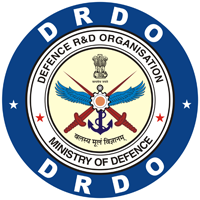On the Possible Mechanisms for Saltening of the Bay of Bengal
DOI:
https://doi.org/10.14429/dsj.69.12220Keywords:
Bay of Bengal, Salt water pumping, Eddies, Upwelling, CycloneAbstract
The Bay of Bengal (BoB) is a low saline basin owing to large influx of freshwater from precipitation and river runoff. To maintain the salt balance of the BoB, the incessant lowering of salinity is to be balanced by the inflow of saltier water into the basin. In the present work, various processes that contribute to the saltening of the BoB, viz. coastal upwelling, eddies and their interaction, lateral advection from Arabian Sea and tropical cyclones are discussed. In the near-shore regions, the coastal upwelling due to wind induced Ekman transport plays a dominant role in increasing the surface salinity. On the other hand, in the open ocean, the divergence induced by eddies and their mutual interaction contributes significantly to the salt water pumping. In the southern BoB, the advection from the Arabian Sea increases the salinity. The formation of cyclones in the BoB also leads to an increase in the surface salinity. However, the magnitude of saltening of the Bay due to these processes varies from north to south. The uplift of saltier water from subsurface levels increases the salinity in the surface layers thereby creating a salinity gradient and a salinity front.
Downloads
Published
How to Cite
Issue
Section
License
 Where otherwise noted, the Articles on this site are licensed under Creative Commons License: CC Attribution-Noncommercial-No Derivative Works 2.5 India
Where otherwise noted, the Articles on this site are licensed under Creative Commons License: CC Attribution-Noncommercial-No Derivative Works 2.5 India

